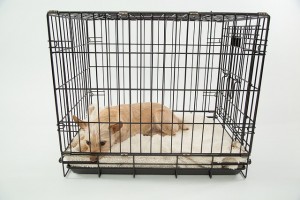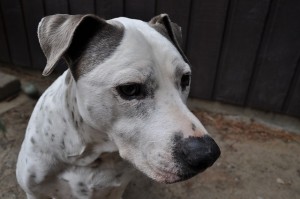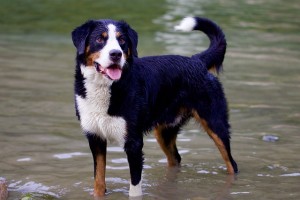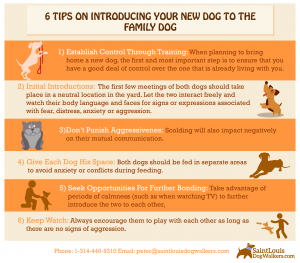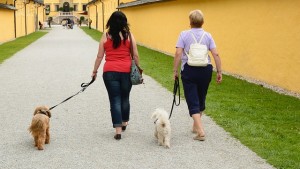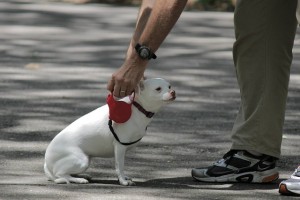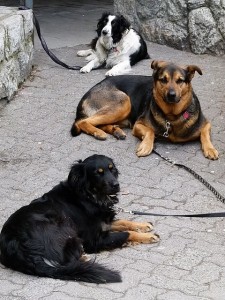How Often Does My Dog Need to Be Walked?
The question as to how often a dog needs to be walked is one that many dog owners wonder about. Although there is no clear-cut answer to this question because the need of each dog varies, it is generally recommended that dogs should get between 30 minutes to an hour of walk daily.
The decision falls squarely on your shoulders. To be able to determine how much walk your dog needs, you ought to understand why your dog needs to be walked in the first place. Once you understand the purpose of dog walking, it becomes easy for you to figure out your dog’s needs. Remember that your vet can give you very valuable, personalized advice on this subject!
Why Dogs Need To Be Walked
Physical Fitness: Regular walks help your dog to get the exercise he or she needs to remain physically fit and healthy. Your dog can maintain a healthy weight and remain mentally balanced.
To Prevent Boredom: Boredom in dogs can lead to unwanted behavior such as tearing up cushions and digging in your yard. Walking your dog allows him or her to dissipate pent-up energy so that he or she isn’t inclined to look for some other avenues to do so.
To Empty Waste: During walks, your dog gets the chance to “go potty” so that there are fewer accidents in the house.
To Socialize: Walks present your dog with the opportunity to mingle with other humans and dogs. Your pet can become used to the noise and seeing unknown people without becoming anxious.
7 Factors That Affect How Often You Should Walk Your Dog
- Breed: Different breeds of dogs have different exercise requirements. While some such as bulldogs, pugs, and Pomeranians may become tired out by a 15 minute walk, others keep going for much longer. Guarding dogs would need less exercising than sporting breeds.
- Energy Level: Even within breeds, some dogs tend to be more energetic than others. So your dog’s energy level needs to be determined for you to know how much walking she needs. A highly energetic six-year-old Golden Retriever may need more exercise than a calm three-year old of the same breed.
- Age and Size: Puppies are expectedly more active than seniors and may require more frequent walks. A 10-month old Irish Terrier puppy is going to need more running around than a five-year old Whippet.
- Diet: What you feed your dog with may determine how often he or she would need to be relieved and exercised.
- Health Condition: Dogs that have pre-existing health issues or are recovering from an illness or surgery need to be walked cautiously. Dogs with diarrhea, for example, will need to be walked more often to prevent them from soiling the house.
- Schedule: Your schedule will surely affect how much time you can give to your dogs and is a major determinant of how often you can walk them. You may need help with this, and that’s okay. At Saint Louis Dog Walkers , we are always at your service whenever you need reliable and professional dog walking and pet sitting services.
- The Weather: The current weather condition in your location is also an important consideration. You may not be able to walk your dog during harsh weather. This means you will need to make up for it when conditions improve in order to prevent weight gain.




